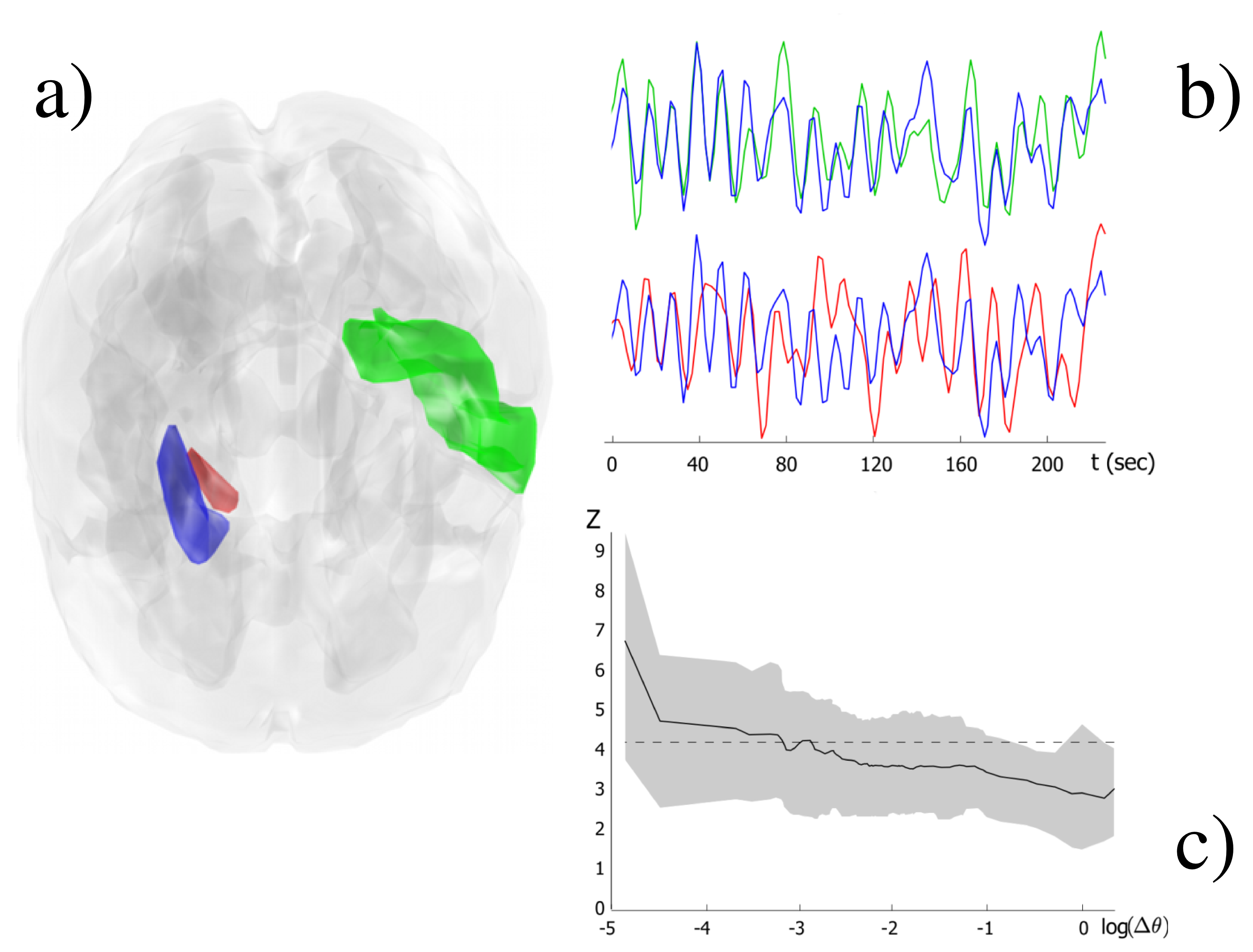Section: New Results
Network symmetries and functional modules in the brain
Participants : Vincenzo Nicosia, Miguel Valencia, Mario Chavez [Correspondant] , Albert Diaz-Guilera, Vito Latora.
We study the classical Kuramoto model in which the oscillators are associated to the nodes of a network and the interactions include a phase frustration, thus preventing full synchronization. The system organizes into a regime of remote synchronization where pairs of nodes with the same network symmetry are fully synchronized, despite their distance on the graph. We provide analytical arguments to explain this result and we show how the frustration parameter affects the distribution of phases. An application to brain networks suggests that anatomical symmetry plays a role in neural synchronization by determining correlated functional modules across distant locations.
|
Related publication: [19]



